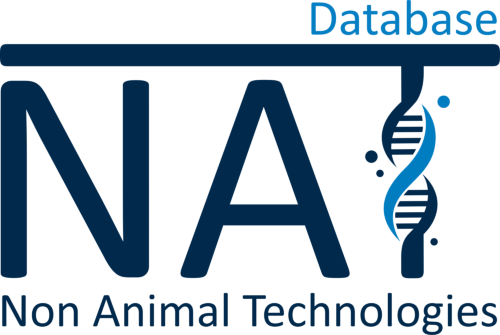Human intestinal epithelium model
October 2021
University of Veterinary Medicine Hannover, Hannover, Germany
In this study, a functional model of the human intestinal epithelium for studying toxin-induced disease mechanisms was constructed by using differentiated enterocyte-like Caco-2 cells co-cultured with goblet cell-like HT29-MTX cells. These co-cultures formed a functional epithelial barrier and allowed the investigation of several physiological (e.g. glucose transport) and pathophysiological reactions to bacterial toxins (e.g. chloride secretion). For instance, the exposure to cholera toxin resulted in an increase in chloride secretion in line with typical cholera toxin-induced secretory diarrhoea in humans.
In conclusion, using this model, physiological responses of the intestine to bacterial toxins can be investigated and characterized. The model can be used for characterizing pathophysiological mechanisms of enterotoxins at the intestinal level, for studying infectious diseases in-vitro, and for toxicity studies.
Caco-2/HT29-MTX co-cultured cells as a model for studying physiological properties and toxin-induced effects on intestinal cells
Pascal Hoffmann
Added on: 08-08-2022
[1] https://journals.plos.org/plosone/article?id=10.1371/journal.pone.0257824





